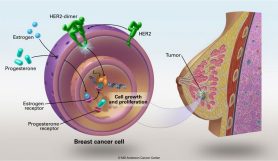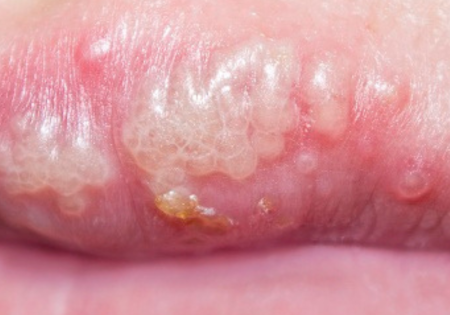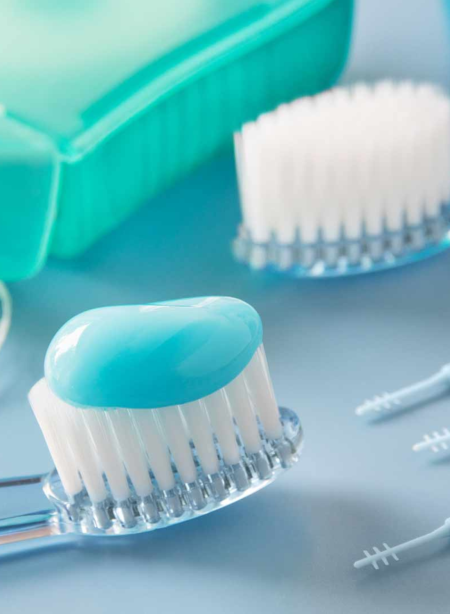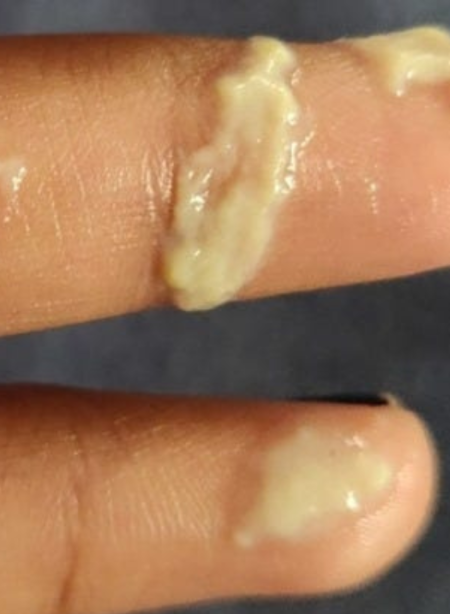One kind of cancer that develops in the breast cells is called breast cancer. While it can happen to men as well, women tend to be more likely to experience it.
Breast cancer types:
- Early-stage cancer restricted to the ducts is known as ductal carcinoma in situ (DCIS)
- Cancer that has migrated into the surrounding tissue from the ducts is known as invasive ductal carcinoma
- Cancer that begins in the lobules and spreads to neighboring tissue is called invasive lobular carcinoma
- Triple-negative breast cancer is defined as the absence of HER2 receptors, progesterone, and estrogen receptor
- Rare and severe breast cancer that appears red and swollen is called inflammatory breast cancer.
Harmful Factors
Gender: Compared to men, women are far more likely to develop breast cancer.
Age: Risk rises with advancing years, particularly beyond 50.
Family History: The risk is increased if a close relative has breast cancer.
Genetics: The risk is markedly increased by mutations in the BRCA1 and BRCA2 genes.
Personal History: The risk may be increased by a history of breast cancer or certain non-cancerous breast disorders.
Hormonal Factors: Hormone replacement medication, late menopause, and early menstruation can all affect risk.
Lifestyle Factors: Alcohol use, obesity, and inactivity can all raise the risk.
Symptoms:
The most typical sign, though not always present, is a lump or mass.
Breast form or Size Changes: Breast form may distort or swell.
Skin Changes: Redness, rash, puckering, or dimples on the breast skin.
Changes in the Nipple: inversion, discharge, or textural variations.
Pain: Persistent breast or nipple pain should be assessed, even though it’s not usually a sign of early breast cancer.
Diagnosis
A mammogram is a diagnostic and screening X-ray of the breast tissue.
Ultrasound: This method, which produces images of breast tissue by using sound waves, is especially helpful for finding cysts.
A biopsy is the removal of a sample of tissue to be examined under a microscope to check for the presence of malignancy.
Treatment:
Surgery: mastectomy (removal of the breast tissue) or lumpectomy (removal of the tumor and surrounding tissue).
High-energy rays are used in radiation therapy to destroy cancer cells.
Chemotherapy: Medication to eradicate cancer cells or halt their spread.
Blocking the hormones that cause some forms of breast cancer is known as hormone therapy.
Medication aimed at particular molecules implicated in the development of cancer is known as targeted therapy.
Awareness and Preventive Measures:
Mammograms and routine breast self-examinations to identify cancer early.
Sustaining a balanced diet and frequent exercise as part of a healthy lifestyle.
Reducing alcohol intake and abstaining from smoke.
Recognizing individual risk factors and talking with medical professionals about screening alternatives.
Promoting awareness and funding studies to develop better methods for detection, treatment, and prevention.







